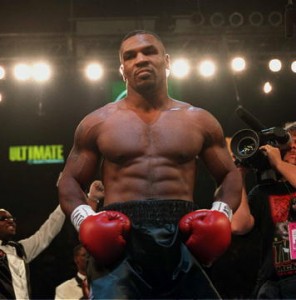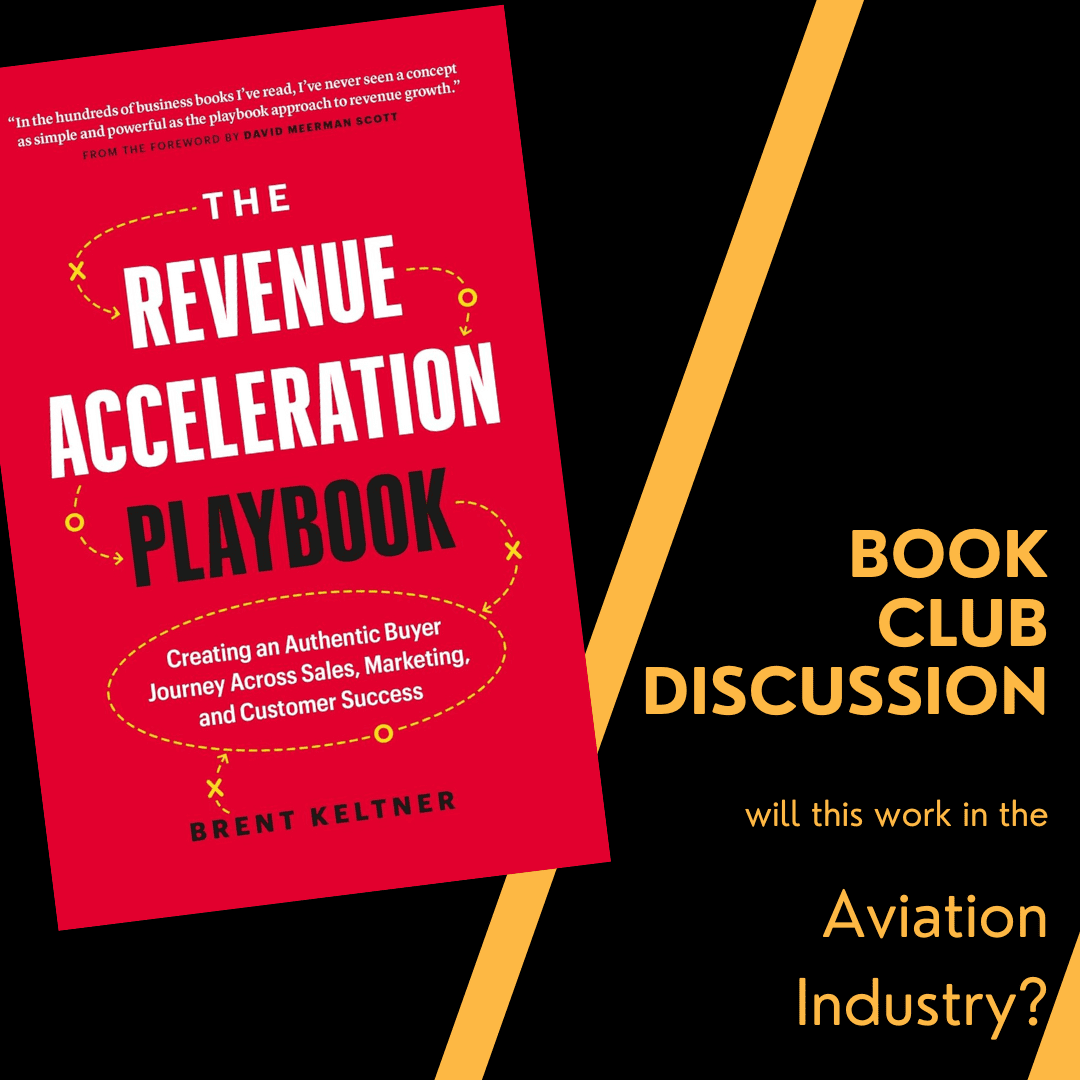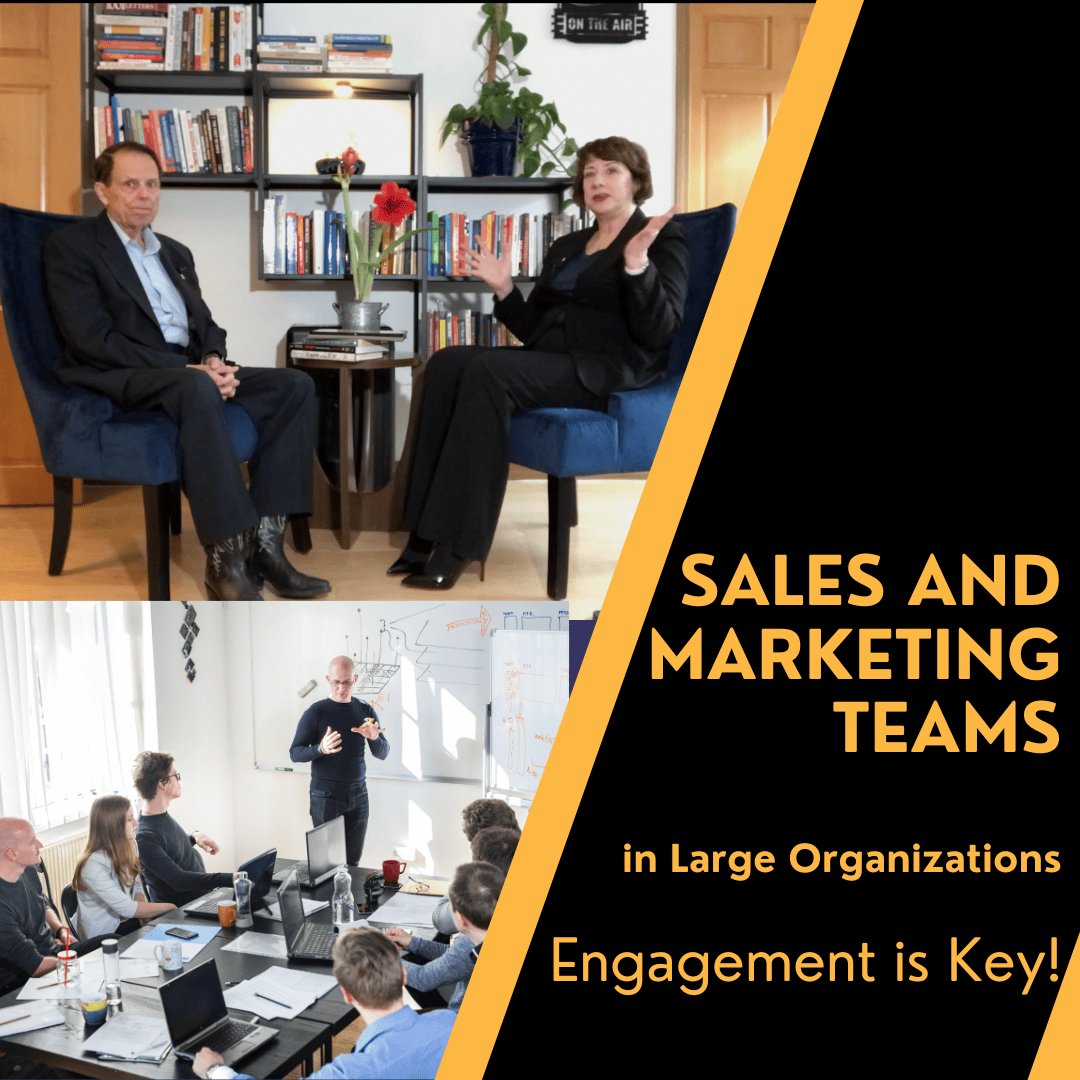Pricing strategy is the one factor that makes many otherwise fierce competitors suddenly insecure.
Everyone has a plan ’till they get punched in the mouth.
– Mike Tyson

Is your price your “glass jaw?”
And everybody has a great sales presentation until it comes to price.
Even the most confident and self-assured salesperson can have a moment of doubt about pricing strategy when a customer displays obvious sticker shock in a sales presentation.
At that point, most of us (until we learn better) tend to equivocate, justify, and get defensive. We basically develop the sales equivalent of a “glass jaw.”
In the next sales presentation, you might cough, stutter or look at your shoes when the prospect asks about the price. You’ve lost your confidence, and therefore lost the prospect’s confidence. Not a good place to be.
No matter how great your marketing materials are, no matter how many leads come in the door, no matter how fluent and brilliant your presentation of your product’s benefits and value, you ruin everything you’ve built if you aren’t confident that your product is worth the price you’re asking.
Since the best defense is a good offense, let’s talk pricing strategy before you climb into that ring again.
No matter what product or service you sell, here’s the one marketing question that has probably kept you up at night more than any other is this one:
“What should I charge for my product?”
You probably used one of these five ways to determine price:
- WAG (“Wild Guess”)
- Industry norm (This is what my competitors are charging, so I’ll charge something very close.)
- Client dictated pricing (I had a marketing company do a market survey and this is what they tell me people will pay.)
- Cost plus pricing (This is how much it costs me to provide the product or service, I’ll tack on a percentage as overhead and profit.)
- Target return (This is how much I need to make this year to meet some objective, this is how many units I think I can sell, so this is what I need to charge.)
Most of these methods are proudly advocated in different marketing textbooks. We agree that you should know as much as you can about what your competitors are charging for a similar product or service, and of course you have to calculate your Cost of Goods Sold (COGS.) Nobody is in business for long if they’re selling products for less than it costs to deliver them. Target return is a nice figure to keep shareholders happy, but frankly, customers don’t care what your expenses are or what you WANT to make this year.
ABCI’s theory –
The most important consideration in setting your price is this:
How much is it worth to your customer?
What is the benefit that your product or service provides to the customer, and how much is that worth to him in terms of cost savings or opportunities?
- If you can save him a day of his airplane being grounded, there’s a number for that.
- If you can help him attract one more customer per month or quarter because of an in-flight amenity that his competitor doesn’t offer, there’s a number for that.
- If you can save him from an FAA fine by keeping his aircraft in compliance with a regulation, there’s a number for that.
In other words, what does it cost your customer NOT to use your product or service? That cost is the most important consideration that he’s thinking about when he considers purchasing your product. And its the number your should be talking about in your sales presentations. When comparing your price with that of your competitors, consider adding value rather than dropping price. Can you add additional value by providing faster service, better product training or a better warrantee, or higher quality? If so, figure that into your calculation.
Then, you can present your price confidently. Oh, and keep eye contact and keep your chin out there when you do it. .






[…] https://aviationbusinessconsultants.com/2013/07/is-your-price-right-insecure-about-pricing-strategy/ […]